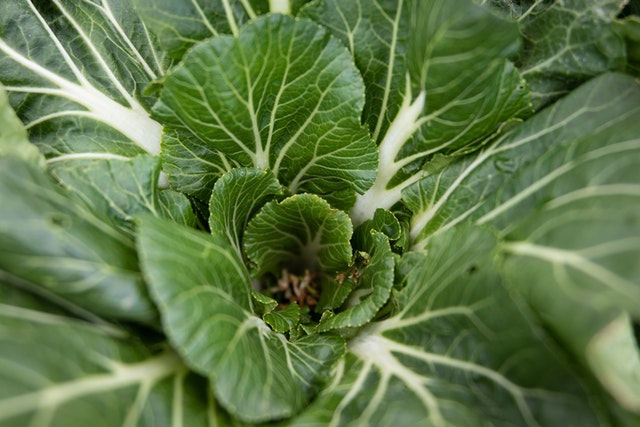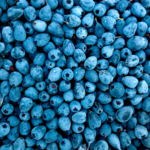“Organic superfoods that have been certified.”
“Superfoods that are nutrient-dense and made from plants.”
These wonderful, adjective-laden descriptions of specific foods can be seen in grocery stores, specialized shops, and online, but there is no such thing as a superfood. Not according to science, at least.
In the early 2000s, the popular appellation became popular as a way to encourage people to consume more fruits and vegetables. However, the word “superfood” dates back nearly a century, when it was coined by the United Fruit Company to promote bananas.
The truth is that no single food can offer you with all of the nutrients you require to live and thrive. In reality, for optimal health, the US Dietary Guidelines encourage healthy eating patterns rather than specific foods.
However, there are some foods that you can incorporate into your eating habits to help your body heal faster, remain youthful, and feel better.
Berries
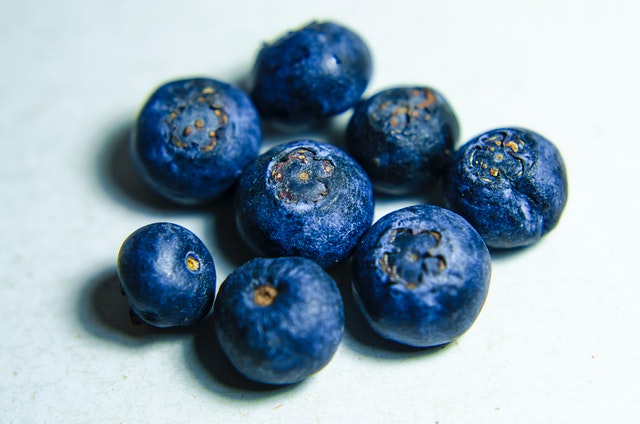
We’ve all heard of blueberries and their antioxidants, vitamins, and other benefits. According to a 2019 study, the anthocyanin pigments that give blueberries their striking blue color also help lessen the risk of diabetes, heart disease, and even Alzheimer’s disease.
Antioxidants can also be found in other berries. According to a 2018 study, strawberries, raspberries, blackberries, and even cranberries prevent cancer-causing free radicals in the body. According to studies, berries can also aid with immunological diseases and digestive troubles.
Berries can be eaten fresh or frozen, added to yogurt or cereal, or blended into smoothies to conveniently incorporate them into your diet.
Avocado
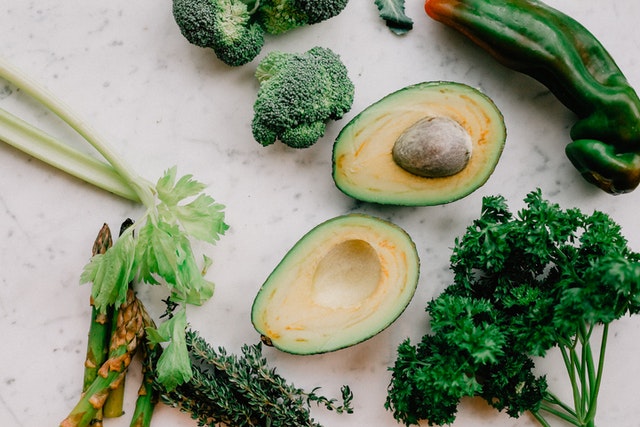
Avocado is a fruit, not a vegetable, despite its rich and meaty flavor and texture. It contains a significant amount of fiber, minerals, vitamins, and healthy fats that the body requires. Avocado, like olive oil, is high in monounsaturated fats, which help to reduce inflammation. Avocado can also help to prevent diabetes, metabolic syndrome, some malignancies, and heart disease. It also contains magnesium, which helps to control blood pressure and sugar levels.
If you’re a millennial, you’ve certainly had your fill of avocado toast, but this fruit can also be found in burgers, eggs, sandwiches, and a variety of other dishes.
Eggs

Eggs? Eggs, of course! Despite the fact that eggs are heavy in cholesterol, they are one of the healthiest foods available. Eggs are high in vitamin A, phosphorus, iron, and B vitamins, and are a good source of protein. The antioxidants included in eggs protect vision and eye health. And what about that cholesterol? Without raising your risk of heart disease, you can eat up to 12 eggs every week.
Natural Yogurt
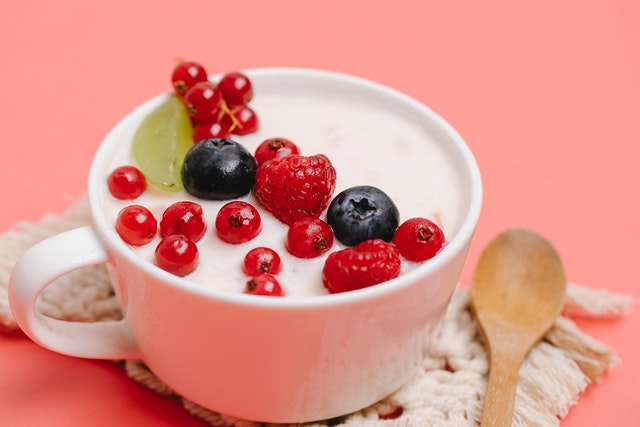
Yogurt’s living cultures are considered beneficial bacteria. These probiotics aid in the protection of the body against dangerous bacteria.
If you decide to incorporate yogurt into your daily routine, be wary of pre-flavored fruit yogurts, which often have a lot of added sugar. It’s best to buy plain yogurt and add your own fruit and honey. Plain yogurt can also be substituted for mayonnaise or sour cream.
In addition to probiotics, there is a thinner variation called Kefir, which is a fermented milk drink that contains protein, calcium, potassium, and B vitamins. Fermented foods with probiotics have been shown in studies to lower cholesterol, lower blood pressure, and have anti-inflammatory properties, in addition to the well-known digestive advantages. Are you lactose intolerant? Coconut milk can be used to make kefir, for the lactose intolerant, too.
Turmeric
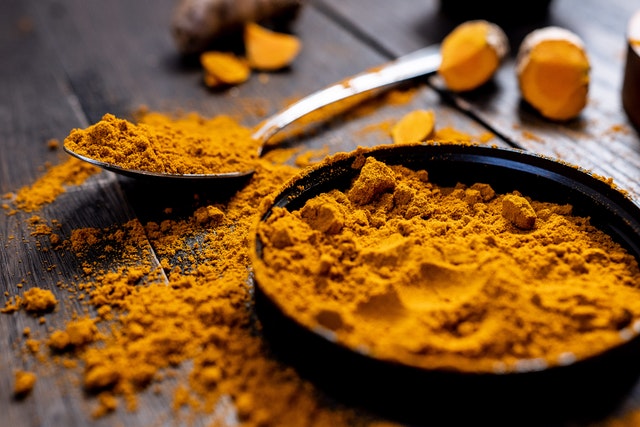
Turmeric is a bright yellow spice that originated in India as a cooking and medicinal spice. Curcumin, which is a powerful antioxidant, is the major component. This molecule has been shown in trials to be effective in the treatment of cancer, heart disease, and diabetes. It can also help to relieve pain and speed up the healing of wounds. Because turmeric is difficult to absorb in the body, eat it with lipids or in combination with other spices.
Olive Oil
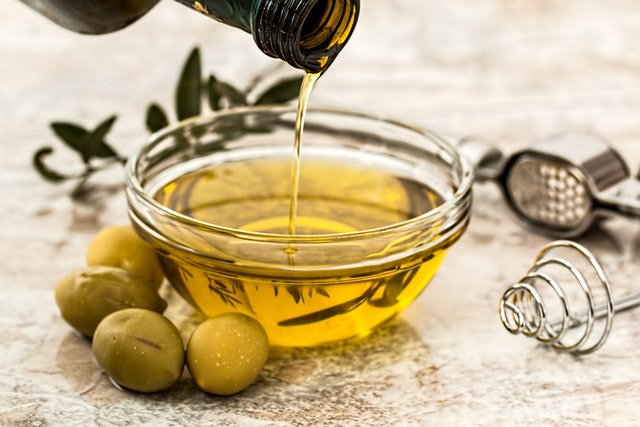
Olive oil lessens the incidence of diabetes and heart disease and has anti-inflammatory properties thanks to its high quantities of monounsaturated fatty acids. Vitamins E and K are also present in the oil, which help to maintain skin suppleness and protection.
Use it in replacement of butter in cooking and as a salad dressing for an extra boost of nutrition.
Legumes

The beautiful thing about beans is that there are so many different varieties, and almost all of them provide the superfood boost we need in our diets. If you can name it, you can reap the benefits: red, black, lentils, peas, edamame, garbanzo, even alfalfa and peanuts. Protein, fiber, and a variety of nutrients, vitamins, and minerals are all found in legumes. They aid in the management of type 2 diabetes, blood pressure, and cholesterol as a result of this. They can also aid weight management by giving you a feeling of fullness.
Make a chili or a hummus spread with them. They can be served as a side dish or as a topping. To thicken soups and sauces, grind them up. Beans can be prepared in a variety of ways.
Sweet Potatoes

Potassium, fiber, and vitamins A and C are all abundant in sweet potatoes. They include carotenoids, a cancer-fighting antioxidant, just like dark green, leafy vegetables. Sweet potatoes, despite their sweet flavor (and name!), may help persons with type 2 diabetes control their blood sugar levels. Their anti-inflammatory and antibacterial properties aid in the prevention of obesity, cancer, and other diseases. Carrots, beets, parsnips, potatoes, and yams are examples of root vegetables that can give critical nutrients, including healthful carbs.
Green Leafy Vegetables

There’s a reason why dark green, leafy veggies appear on nearly every healthy food list. According to the American Institute for Cancer Research, spinach, chard, kale, arugula, and collard greens are high in fiber, carotenoids, and phytochemicals, which can help reduce the number of free radicals in the body and specifically help prevent colorectal cancer. Vitamins A and C are also present. These vegetables also help to lower the risk of heart disease and diabetes type 2.
You may eat them raw or cooked on their own, or add them to salads, soups, and stir-fries, or incorporate them into smoothies.
Kombucha and Kimchi (김치)

In addition to the yogurt and kefir described above, fermented foods like kombucha, kimchi, miso, and sauerkraut (in addition to the yogurt and kefir listed above) are high in probiotics, which can help prevent inflammatory illnesses including Chron’s disease, rheumatoid arthritis, and colitis.
Remember that consuming these foods doesn’t guarantee many health benefits, but including them into your diet on a regular basis and in a consistent manner will help you enjoy the benefits. Healthy eating is the result of daily decisions to eat the foods our bodies require, and those decisions, taken one at a time, add up to a lifestyle rich in more than just nutrition.

